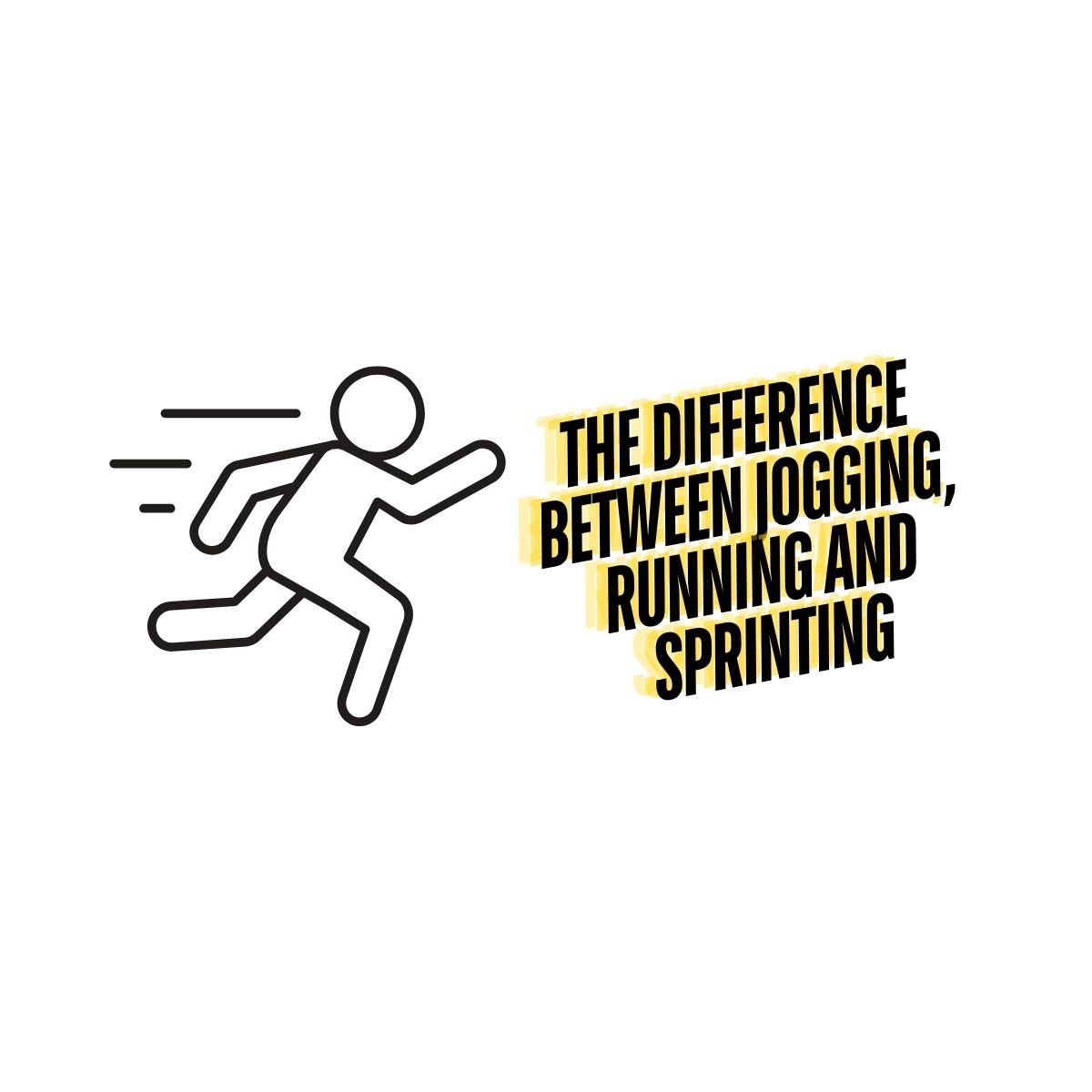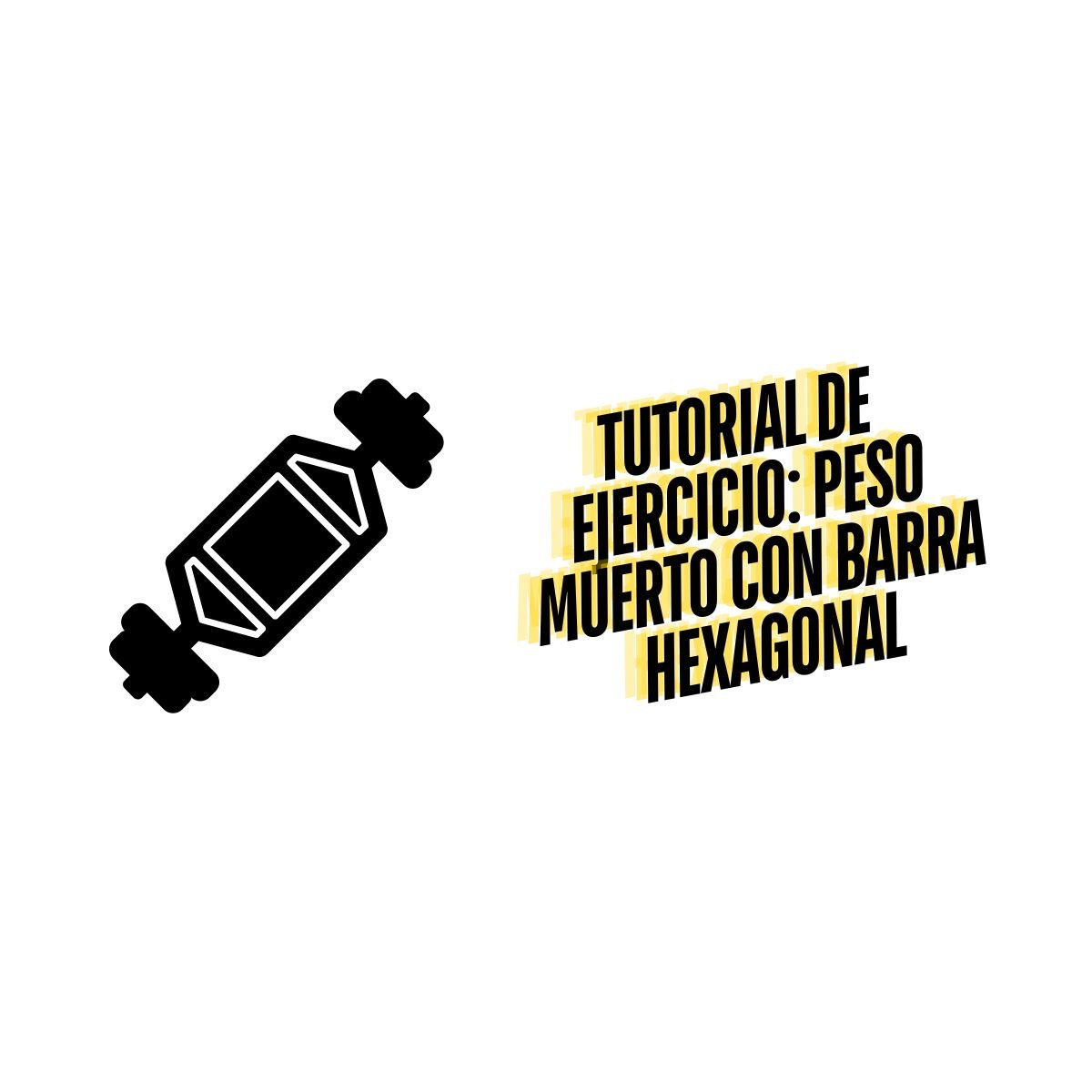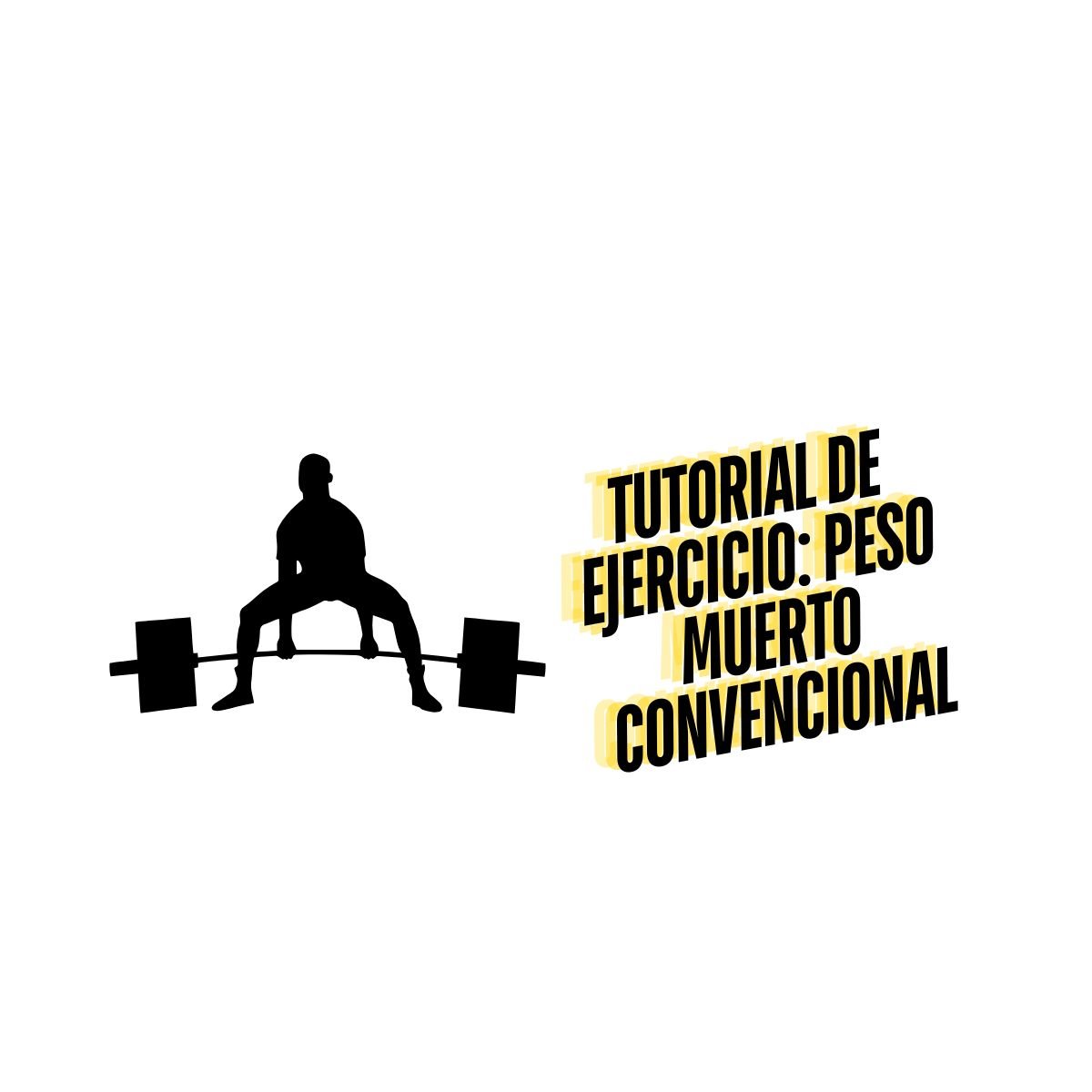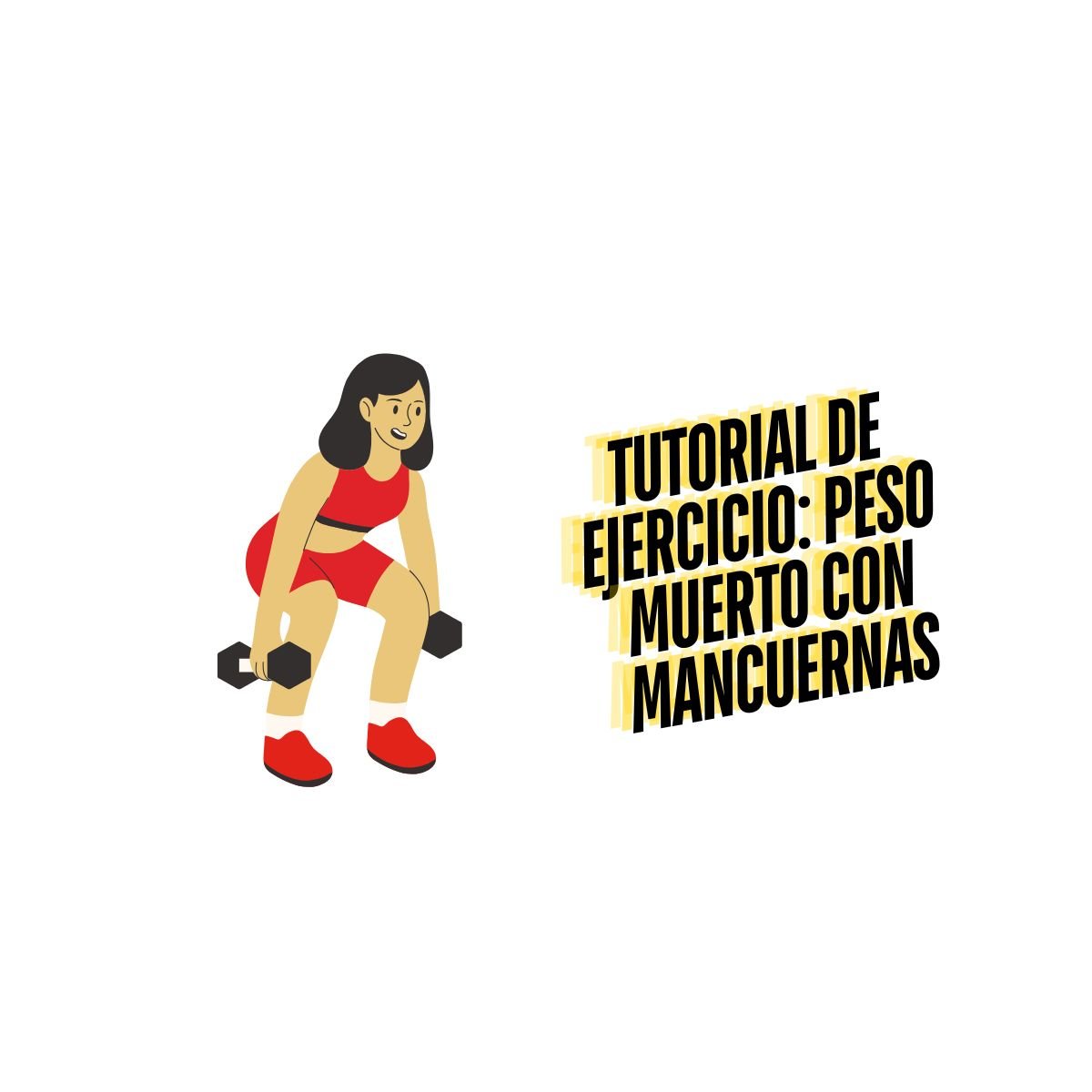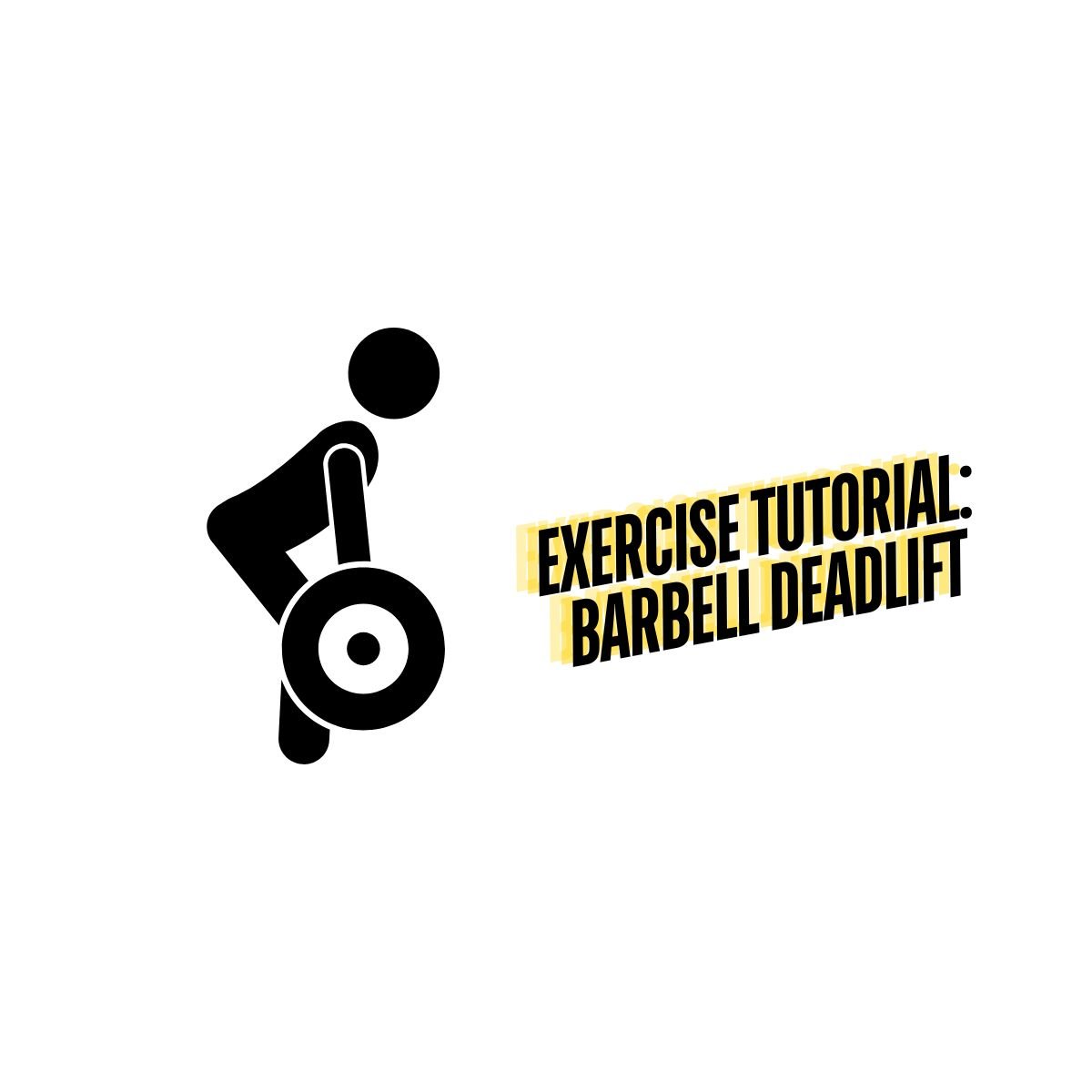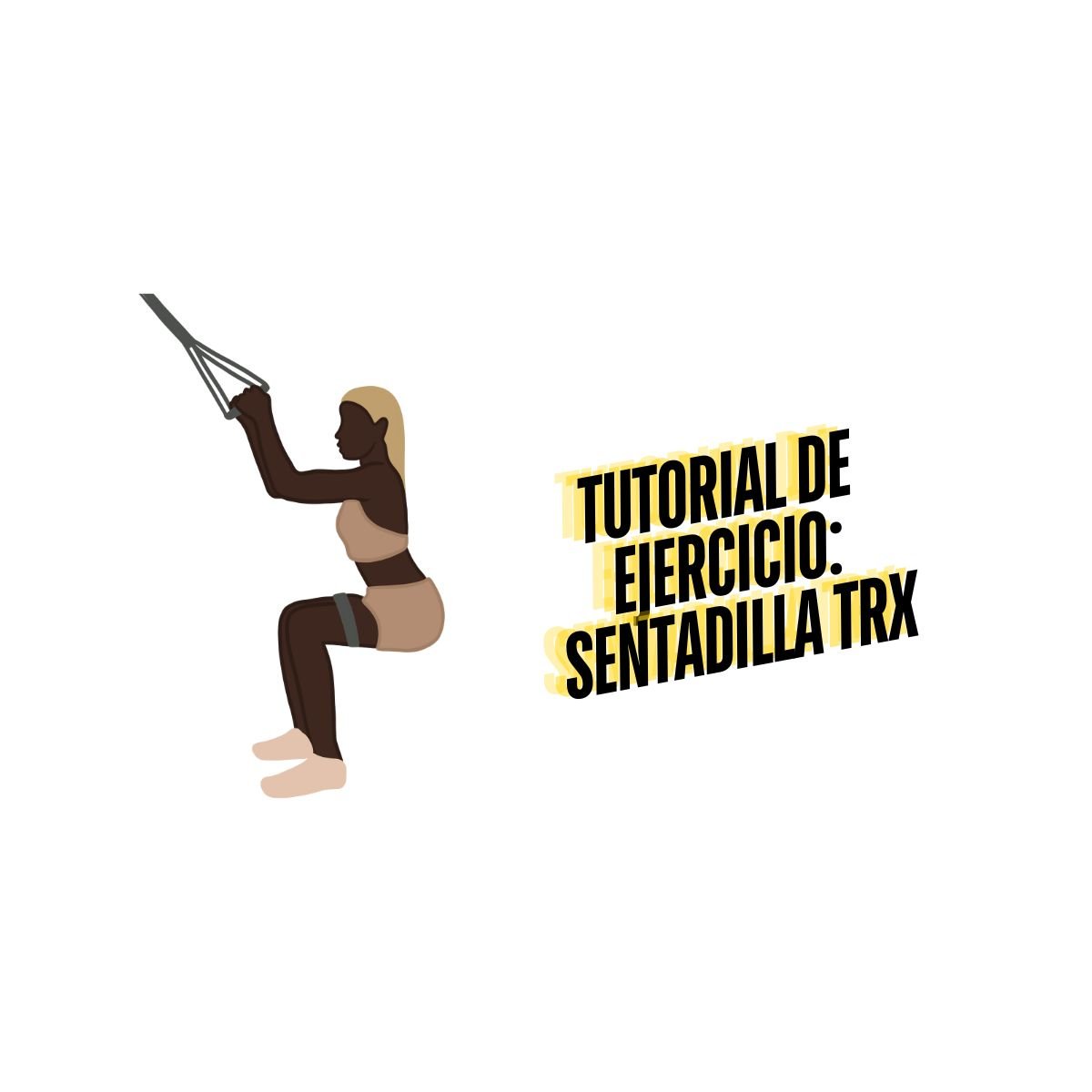The Ultimate Basketball Training Program
Table of Contents
What Is a Basketball Training Program
Does your client want to be the next Michael Jordan, Kobe Bryant, or even Stephen Curry? More often than not, in any sport, responses to such statements of wanting to be the next great athlete sound like “well you better be willing to put in the work” or “keep practicing and you might get there”.
Ever heard the saying that if you want to become “world-class” or master something it takes a minimum of “10,00 hours” of deliberate practice? Although there have been various discussions on whether or not that statement or exact number may be true, there is a lot of work to put in to get to where you want to be in your sport.
Simply attending their team practices won’t cut it. Practice without direction or structure won’t get your clients anywhere, they’ll need to implement a Basketball Training Program. What is a Basketball Training Program? It’s a training program that is geared specifically to the demands of Basketball.
How to Train for Basketball
There are many aspects to the game of basketball and it’s important to work on each. Not only should your clients be working hard on the court but in the gym as well. Whether its technical skills in the gym such as ball-handling to deke out the defender, shooting drills to score buckets, passing drills to get the ball into that open pocket or working on getting faster and stronger it’s important to incorporate it all into your training regimen.
Every training program should encompass the basics; a good warm-up, mobility, and strength training and conditioning aspects. In order to train for basketball, it’s important that the training is sport specific. Basketball is classified as an intermittent sport in which skills are performed dynamically and at high intensities. As a result, strength, power and agility are viewed as key attributes of a successful basketball player (Jack Ransone, 2016). These will make up the components of your workouts.
Now that we’ve identified the core components of our training, what’s our next step? Identify your strengths and weaknesses on and off the court and use this as your starting point. You’re weak at driving to the net, hitting the right angles but are strong in uncontested shots. Why is that? What are our solutions? Set goals to fix your weak spots, work to further improve on your strengths and derive a plan to reach those goals.
Basketball Strength & Conditioning
As previously mentioned, power, agility and strength have been indicated as predictors of success in basketball. In a game there are frequent starts/stops, changes of direction and accelerations/decelerations. Therefore, in order to maintain high performance in a game, players must possess both anaerobic power and endurance and as a result, such training should be included in their strength and conditioning plans.
Power
Power is the combination of speed and strength as it focuses on the amount of work completed of time, more specifically, the amount of force exerted in a certain amount of time. Power helps players become explosive on the court and this where plyometrics come into play as they can help develop that explosiveness. Some sample exercises include:
Lateral Bounds (Double leg landing, progress to single leg)
Broad Jumps
Depth Jumps
Did you know nearly exercise can be turned into a power exercise? All you have to do is change the tempo and decide if your focusing more on speed or strength as this will determine how fast the tempo of the exercise will be. If you’re focusing more on speed you may use a lighter load whereas with more strength, you’d use a moderate load. Some sample exercises include:
Squat Jumps
Banded Row
Strength
Strength is also an important aspect in basketball because you need to be able to hold your own on the court. You won’t get much playing time if you’re easily pushed around out there or pushed off the ball. You have to be able to hold off that player while still maintaining your dribble and guard the ball or box out a player so only you’re getting to that rebound. Some sample exercises to build strength include:
Conditioning
Conditioning is required when training for basketball due to the start stop nature of the game. These actions along quick changes in direction have to maintained over a period of time which is why it’s important to build and maintain a good aerobic base. It’s also beneficial to incorporate sport specific skills when conditioning to better prepare athletes for game situations and force athletes to perform skills under fatigue, similar to a game. Sample conditioning drills include:
Versa Climber
Suicide Drills (With or Without Basketball)
Full Court Dribble to Layup or Jump shot
Resisted Sprints or High Knee Runs
Basketball Agility Drills
Agility is a major component of basketball and a necessary skill. In a game situation, players must be able to move quickly up and down the court as well as swiftly change directions while still maintaining ball control. This is where agility training comes into play. Here are some agility drills your athletes can do:
Figure 8 Drill
Weave In Weave Out
Place 4 markers in a straight line approximately 3yds apart.
In between each set of markers place another marker just 3 yards to the left
Sprint to cone A then side shuffle to B leading with left leg
Side shuffle to cone C leading with right leg
Repeat to the finish
Walk back to the start and repeat for 6-8 reps
T-Test
Start at Cone A
Sprint to B and touch cone with right hand
Side shuffle to C and touch the cone
Side shuffle all the way to D and touch the cone
Side shuffle back to cone B, touch cone with your left hand
Run backwards to the finish
Shuttle with Pass
Start on the left side of the baseline
Sprint towards point A and receive another pass from another player or coach (red marker)
Immediately pass back to the coach, turn and sprint towards point B
At point B, jump and attempt to touch rim or backboard
Turn and sprint to point C. Receive and quickly return pass.
Turn and sprint to point D. Jump up and touch the rim/backboard
Sprint to Point E and receive pass. Keeping the ball in your possession, turn and dribble to the finish
Repeat 4-6 times
Box Drill
Mark out a square approximately 6 yds X 6 yds
Place a cone in the center for a starting point
Give each corner cone a number or letter. The coach will call randomly call out the number/letter
The player sprints to that cone and shuffles back to the center
When the player returns to the center, the coach calls out another letter/number
Repeat à Complete set in 60-90secs
Ladder Drills
Focuses on fast footwork and can be performed in a variety of ways.
Start by standing on the left side of the ladder.
Step into the ladder with right foot without touching the wrung
Follow with your left foot
Step right foot out of ladder, followed by left foot.
Step back into ladder leading with left foot.
Repeat process until you reach the end of the ladder.
4 Cone Drill (or Weave Drill)
Set up 4 cones in a straight line covering approximately 10 yds
Get in athletic stance and remain low to the ground
Start dribbling the ball with your right hand
Round the first cone. After you clear this cone, shift the ball to your left hand and head toward the next cone, once you round the cone shift the ball back to your right hand
Repeat process until you reach the end
Can progress by adding a layup or shot at the end
Basketball Offseason Workout
It’s the end of the season, we have time off to just relax and take up golf, right? Yes and no. Yes, after a season is complete you will have some time off to relax and recover, but just because the season ends, doesn’t mean the work does. This is where we incorporate offseason training. Off-season is pretty self-explanatory as it is the time between the end of one competitive season and the next and can be classified as the recovery, building and preparation phase.
It’s important to have this phase in your training as it allows players to recover and heal from the previous season, have a physical and mental break from the sport as well as attempt to improve weaknesses and maintain general fitness.
As you progress through the off-season there’s a transition period of where we transfer from general fitness to more sport specific and game conditioning to prepare for pre-season and training camps. This can be done simply by increasing the training intensity and specificity. Essentially players start lifting heavy weight as this is the time to build muscle and you don’t really have to worry about overtraining or soreness due to fatigue after games, this is where we can push athletes harder.
Basketball Offseason Sample Workout
Monday
Upper Body Strength + Conditioning | 4 x 8 (75-80% 1RM)
Bench Press
Triceps Extension
Lat Pulldown
Push up
Versa Climber 45s on 15s off x5
Tuesday
Agility + Power | 4 x 6 (Light-mod Load)
SA Banded Row
Broad Jumps
Clean Pull from Hang
Figure 8 Drill x6
4 Cone Drill x4
Shuttle With Pass x3
Wednesday
Lower Body Strength + Conditioning | 4 x 8 (75-80% 1RM)
Plank w Drag Across
Glute Bridge March
Suicides
Thursday
Agility + Power | 4 x 6 (Light-mod Load)
Pylo Push ups
Lunge Jumps
MB Chest Pass
Banded Hinge
Inverted Row
Drop Jumps
Lateral Bounds
T-Test x 2
Ladder Drills x4
Box Drill x2
Weave in Weave Out x3
Friday
Upper Body Strength + Conditioning | 4 x 8 (75-80% 1RM)
Chin Ups
Triceps Dips
Rear Delt Flys
Full Court Dribble to Layup or Jump shot x 8
Saturday
Off
Sunday
Lower Body Strength + Conditioning | 4 x 8 (75-80% 1RM)
Back Squat
Commando Planks
Seated Calf Raises
Lateral Lunges
Hamstring March
Resisted Sprints or High Knee Runs (20m x 5)
Basketball In-Season Workout
Now it’s time to get back to the game and coming from off-season, players should be in top shape and ready to play. In-season training is more on the maintenance level, we want our players to maintain the strength and level of fitness we worked hard on building in the off-season. This maintenance level training allows coaches and trainers to focus more on rest and recovery, skill development as well as prehab/rehab if and when needed.
Basketball In-Season Sample Workout
Monday
Strength (Full Body Circuit) | 3 x 10
Superset 1
1A SA KB Reverse Lunge
1B Alternating DB Bench Press
Superset 2
2A Squat to Press
2B DB Bent Over Row
2C Landmine Twist
Tuesday
Off
Wednesday
Power + Agility | 3 rounds – 10 reps 15s on 60 off (mod load)
Power Clean form Hang
Lunge Jumps
MB Squats
Figure 8 x4
T-Test x3
Thursday
Conditioning | 45s on 15s off x 4
Jump Rope
Air Squats
Mountain Climbers
Lunges
Pushups
Versa Climber
Finisher: Suicides with Basketball
Friday
Off
Saturday
Strength (Full Body Circuit) | 4 rounds, 30s on 30s off, 12 - 15reps
Pullups
Kettlebell Swings
DB Bench Press
Sunday
Power + Agility | 3 Rounds – 10 reps, 25s on 5 of
CMJ
Inverted Row
SL Lateral Bounds
MB Slam
Pushups
60s rest between round
Box Drill x2
Weave in Weave Out x3
Basketball Workout Routine
Having a workout routine is important in order to stay on track and ensure your client is progressing, without a routine and structure in place it’s hard to achieve your goals. If you were to ask a number of different basketball players what their workout routine was, guaranteed you’ll receive many different answers. And that is what you’d expect because every player should have a different routine.
A guard’s workout routine is likely to be different from a centers routine because the different positions have different demands. For example, a guard may incorporate more ball handling and shooting drills from mid-range or beyond the arc into their workout routine whereas a center may have more rebound, crab dribbling and finishing drills in their routine.
It is important that the workout routine is individualized and geared towards your clients’ needs. Players should always be looking to improve their skills on the court as well get stronger in the gym. However, it’s important to note, they’re basketball players first, NOT bodybuilders. Don’t let the fundamentals of shooting and ball handling slip away. Master the technical skills on the court and supplement with a proper training program.
Basketball Equipment
Basketball Equipment can be broken down into the equipment needed for gameplay, and the equipment needed for training. To play a Basketball game, you will simply need a basketball and two basketball nets. Serious Basketball players might take it further and include items such as Basketball shoes, but this is not necessary for a casual athlete as running shoes will be sufficient. Items such as jerseys, water bottles, towels and sweatbands are all additional pieces of Basketball Equipment that are not essential to gameplay.
The Basketball Equipment needed for Basketball training can include cones, agility ladders, medicine balls and a timer. Advanced equipment can include plyo boxes, barbells and kettlebells. The type of Basketball Equipment that you will require will vary for everyone depending on their skill and competition level. In fact, many neighbourhood kids only require one Basketball and one Basketball net to get a great game in!
Weighted Basketball
Weighted Basketballs are used to build strength in the wrist, forearm and arm as they need to work harder to overcome the resistance of the additional weight. The Weighted Basketball is great for improving ball handling including passing, dribbling and shooting. In general, Weighted Basketballs are 3lbs.
Basketball Accessories
Each sport will have additional accessories that you can purchase that can give a team more credibility and also provide protection and stability. Basketball Accessories that are not essential but can make a team look great include water bottles, equipment bags, towels, sweatbands and even scrimmage vests.
Basketball Accessories that are important to have, especially in the case of an injury include various braces and supports, athletic tape and mouthguards. Some people believe that the small details are what can help to win a game, if you’re one of those people, having most of these Basketball Accessories can be beneficial!
Basketball Trainers
Basketball Trainers are highly skilled coaches that can help athletes and teams improve their game. Some athletes will hire Basketball Trainers to work with them individually. On the other hand, some teams may hire or recruit Basketball Trainers to work alongside a coach. Basketball Trainers can be beneficial, especially if the coach or athlete is a novice or amateur and are looking for some additional help.
The term Basketball Trainers is also interchangeable with Basketball shoes. Many athletes are particular with their shoes, so finding a pair of Basketball Trainers that are comfortable and aesthetically pleasing can be an important Basketball Accessory.
One On One Basketball
One on One Basketball is when two opponents play against each other. The rules of the game can vary and are usually mutually decided by both opponents before the game. One on One Basketball is usually played on a half court. After one person scores, the opponent is either able to start with the ball at the top of the court, or the person who scores will get possession depending on what each player agreed to prior to the game.
The first person to score 11 points (or whatever you decide) wins. Typically, one point is awarded for each basket, and 2 points is awarded if the shot is made before the 3-point line. Whoever scores the first free throw point, will start with the ball.
Shooting Basketball
Shooting in Basketball is essential to helping your team win! All athletes need to make sure they have the proper form when shooting to avoid giving up possession of the ball and wasting offensive opportunities. Proper shooting form involves squaring the hips and feet towards the basket, having the forearm shooting the ball perpendicular to the floor and flicking the wrist as you release the ball. It is also important to keep the elbows close to the body. If you are having trouble with Shooting Basketball, a Basketball Trainer is a great option to look into for help!
Basketball Lessons
For those who are new to Basketball, or are looking into getting involved with the sport, Basketball Lessons are a great opportunity to improve your skills and meet people in your community. Most community centers will have Basketball Lessons or camps that you can sign up for. If you are having trouble locating Basketball Lessons in your community, try typing in ‘Basketball Lessons in (your city)’ on the internet to view the lessons that are closest to you.
Reference
Ransone, J. (2017, February). Physiologic Profile of Basketball Athletes. Retrieved from https://www.gssiweb.org/sports-science-exchange/article/physiologic-profile-of-basketball-athletes













